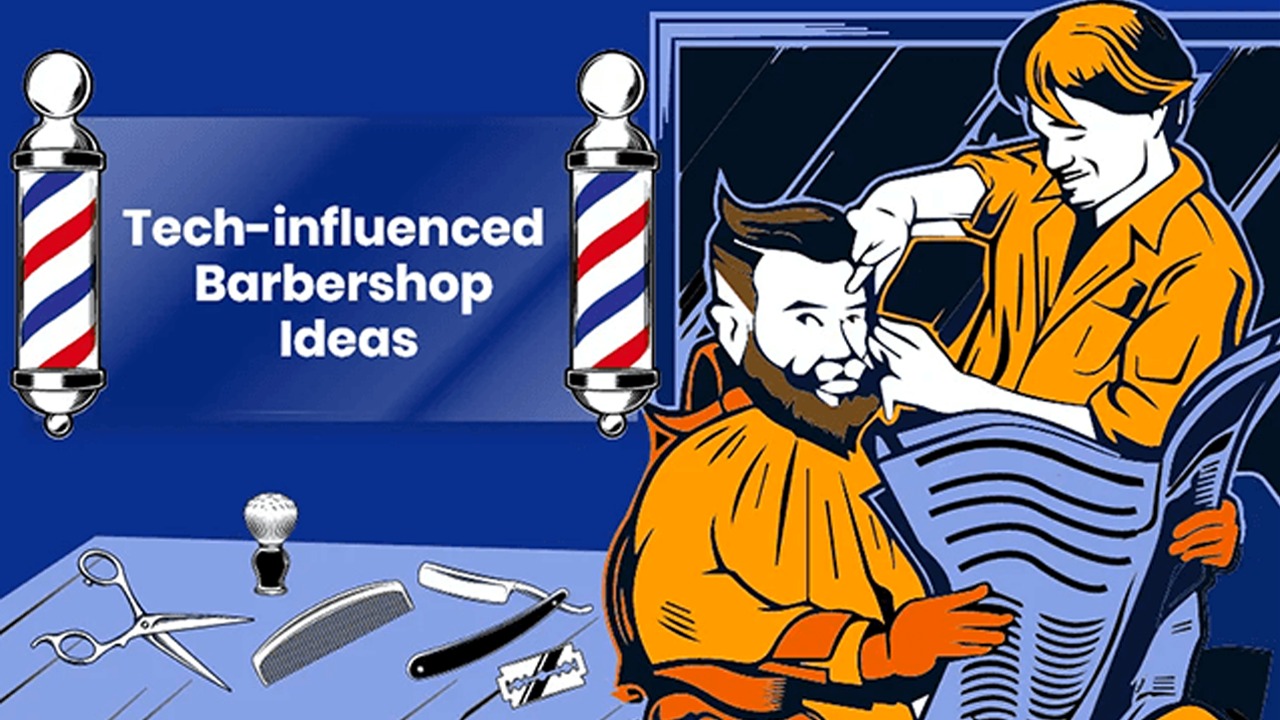From a Crazy Idea to a Million-Dollar Food Company, How Clif Bar Is Still Making Its Way Ahead

It was 1990 and Gary Erickson was headed for a 125-mile bicycle ride with his buddies.
The ride ended up being 175-mile-long and all he and his fellow cyclists had taken along were six energy bars each to keep themselves fueled.
But after having eaten five of those bars, Gary realized he would rather starve himself but have another one of those brittle and unappetizing energy bars.
But then, energy bars in those days weren’t meant to taste good. There was only one brand available in the market and as adventurers and bike racists, he and his friends considered it a bitter pill that got the job done.
On that day, starving and exhausted, Gary thought of all the great and delicious items his mom baked in their little bakery and said out loud: “I can make a better energy bar than that!”
And that’s it! The idea was born.
Turning the Idea into a Reality
Right the next day, Gary called his mom and asked her if she could make an energy bar. “They’re just like your oatmeal and raisin cookies but you can’t use butter, oil, and sugar,” he explained.
His mom thought it was impossible. But then they try. And fail several times.
On the podcast show, How I Built This, Gary recalls how he would bring his friends some energy bars that he thought were now perfect but have them grimacing instead.
It sure would’ve been disappointing. But that didn’t waver his courage and determination.
Back to the kitchen he would go and continue experimenting until after 6 months, they came up with the perfect bar.
With the recipe down, it was now time to build the business or in the words of Marie Forleo, figure out how to do it.
Building the Business
With no equipment to produce the energy bars at scale, no money to pay for packaging and production, Gary learned what he didn’t learn at college.
To create buzz about the new energy bar, his focus was on word-of-mouth. He would attend sports events, set up stalls, and hand his bars for free.
This ultimately spread the word.
They began distribution at bike shops, outdoor stores and natural food retailers. But then they soon grew popular and occupied shelf space at grocery stores, convenience stores and other retail outlets nationwide.
Clif Bar Achieving Profitability Within Two Years
When you’re a food company, getting your product in a store is one of the few big milestones. Making profit is another one.
Clif Bar has been profitable since its third year in business and has had an 18% compounded growth rate.
As of 2018, Clif Bar held a third of the health bar market in the US.
A lot of its success could be attributed to ‘being in the right place at the right time.’
In the 90s, there was only one other competitor who was making energy bars out of refined, unhealthy ingredients that didn’t even taste good.
It was easy for Clif Bar to knock them out by giving their consumers a better health bar made of organic, whole ingredients that also tasted divine.
However, having a good, viable product isn’t enough in today’s competitive marketplace.
Clif Bar Achieving Sustainability in the Present, Competitive, and Technologically Influenced Environment
The market for health bars has exploded ever since and the company continuously faces pressure from newer kids on the block.
To keep up, Clif Bar has shifted their focus on getting closer to their customers to better understand their needs, buying behaviors and preferences, so they can quickly innovate and respond accordingly.
They have added 50 new job roles focused on Applied Analytics and Technology to help them better target consumers’ needs.
For example, they recently launched a new product called Clif Thins that would give people a 100-calorie boost in between Zoom meetings.
Understanding their customers’ changing lifestyles, eating and exercise behaviors has become a key to their long-term success.
“Evolve or Die”
Making profit is important. But even profitable businesses die when they don’t evolve.
Empowering your business and people with the right technology and tools is what makes a difference in today’s world.
To be closer to your consumers, and to understand their needs and preferences, it’s highly important that all your systems are integrated together and the data synced across them.
Information or data silos can break even the most profitable businesses today.
Codup can help you break those silos, create a more collaborative and cohesive work environment where information is shared freely and easily.
This is how we helped a company get closer to their customers by integrating their systems together and ensuring data was being shared easily across teams. To understand their customer, they were sending surveys to their customers. However, for them to respond fast to customers’ needs, it was essential to have those survey responses recorded in the best possible way and share that data across teams in real time. To do that, we integrated their CRM and their helpdesk together so that both their customer service agents and sales agents had a complete understanding of the customer and they could use that data to improve their customer experience.
Contact us to talk about your business challenges and how software can help you overcome them.


